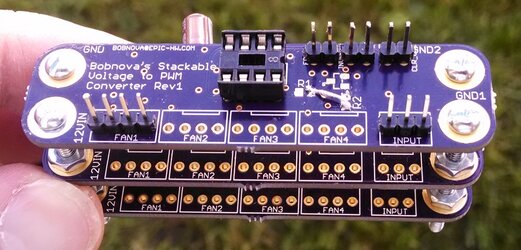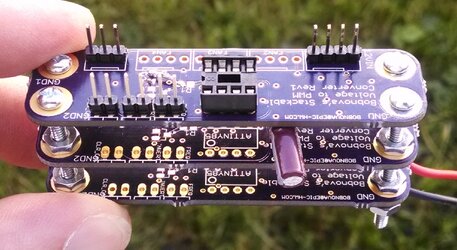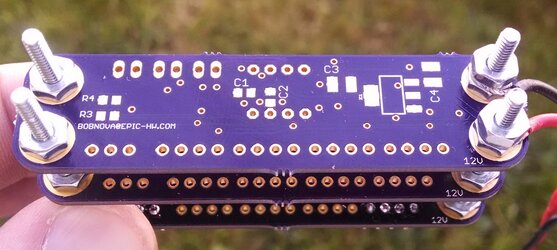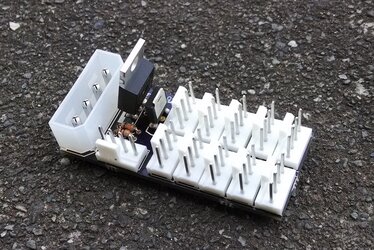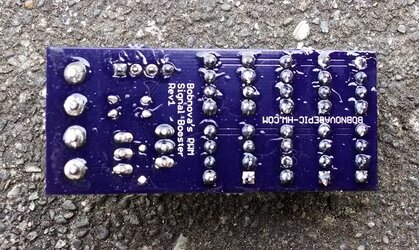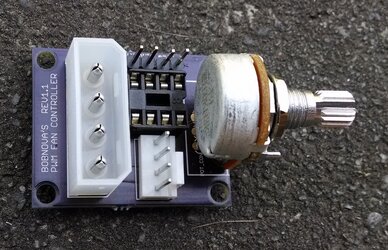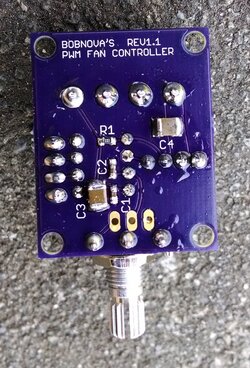- Joined
- Sep 7, 2013
Hope you get better Bob!
Looks good to me.
I love PCB's and dabbling with circuits and stuff, but I won't lie. I have no idea where to begin even building a circuit like that.
So hat's off to you
Looks good to me.
I love PCB's and dabbling with circuits and stuff, but I won't lie. I have no idea where to begin even building a circuit like that.
So hat's off to you


